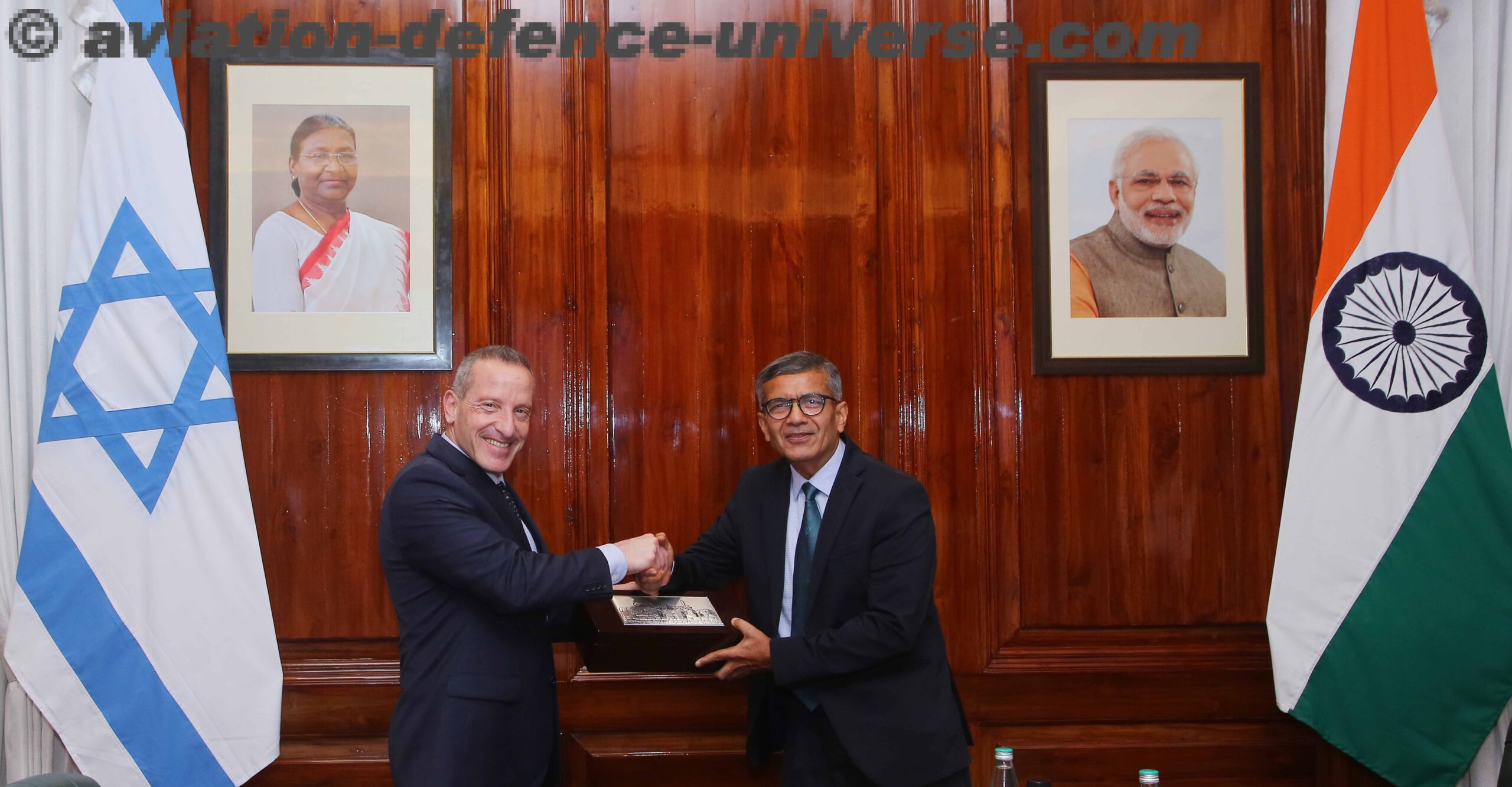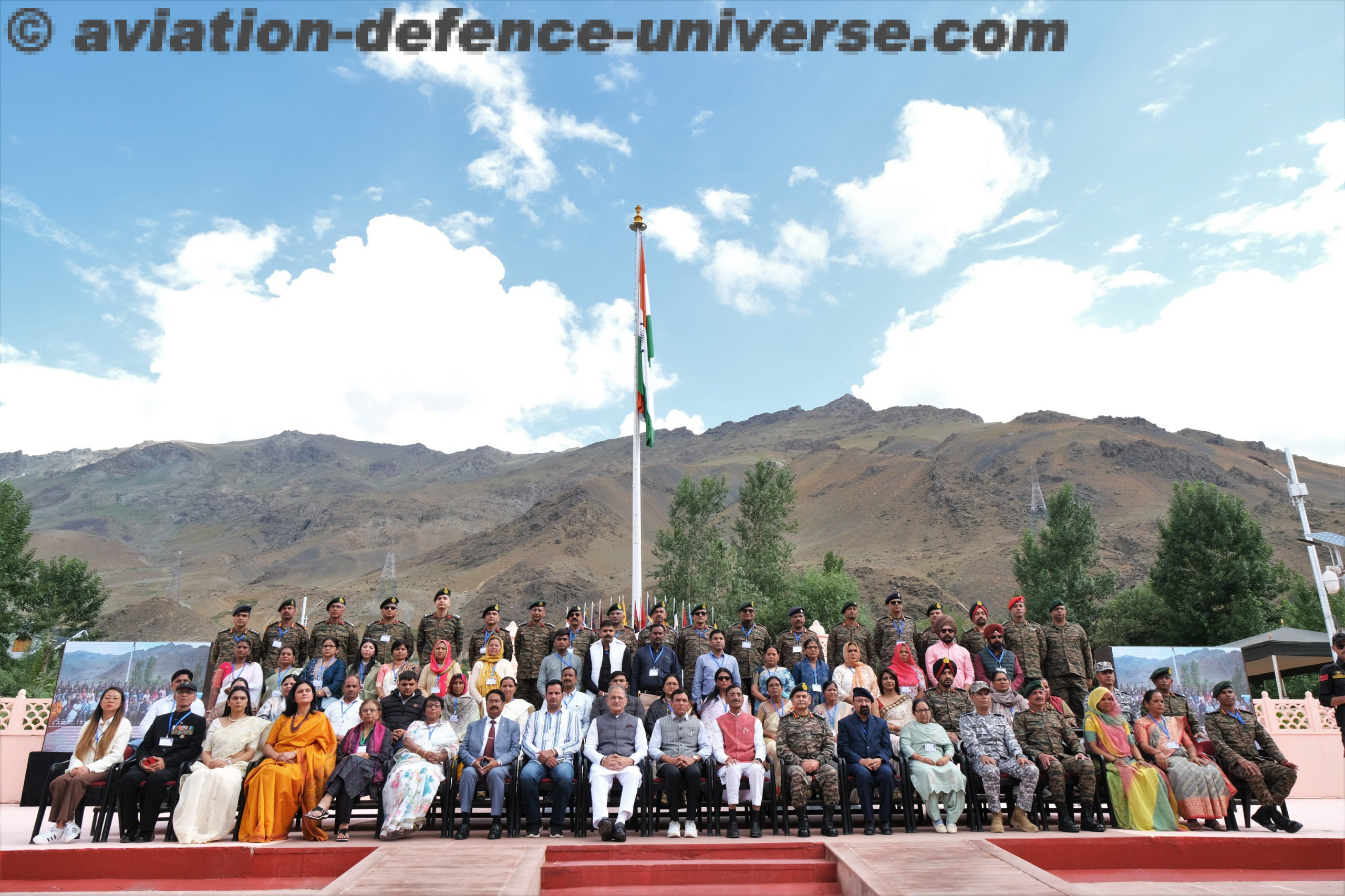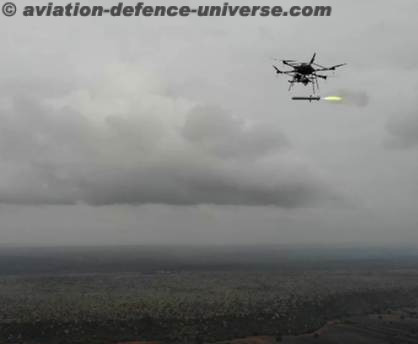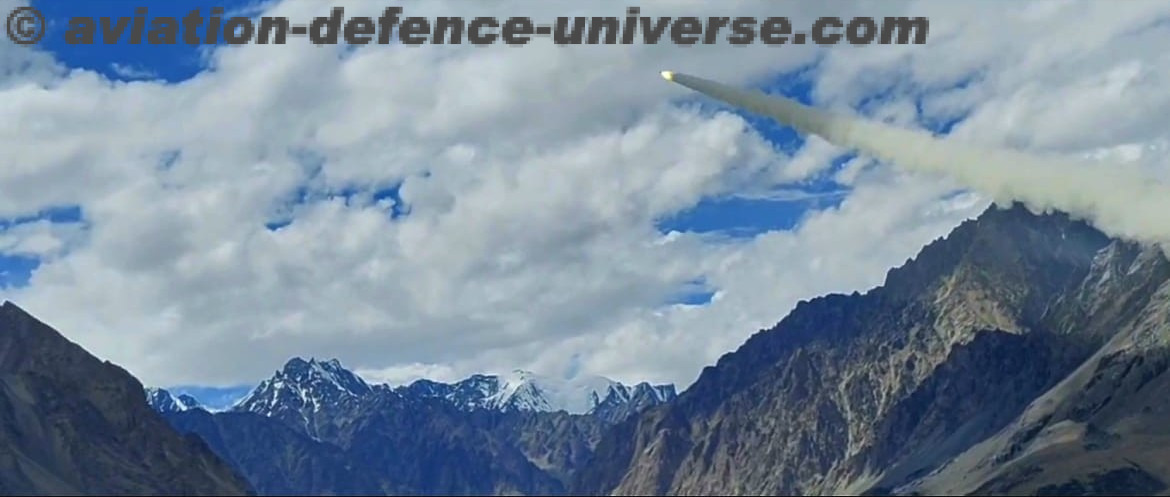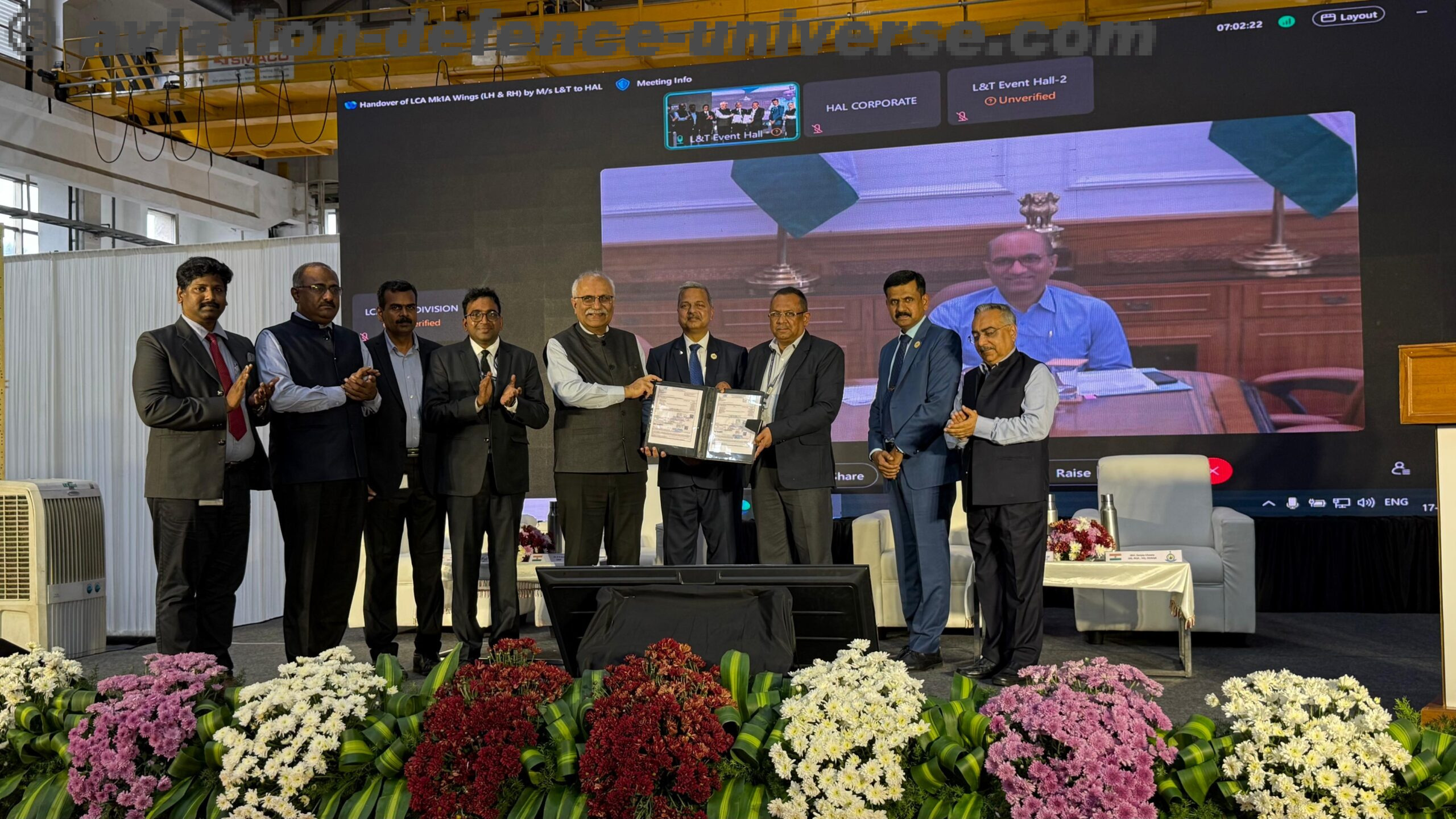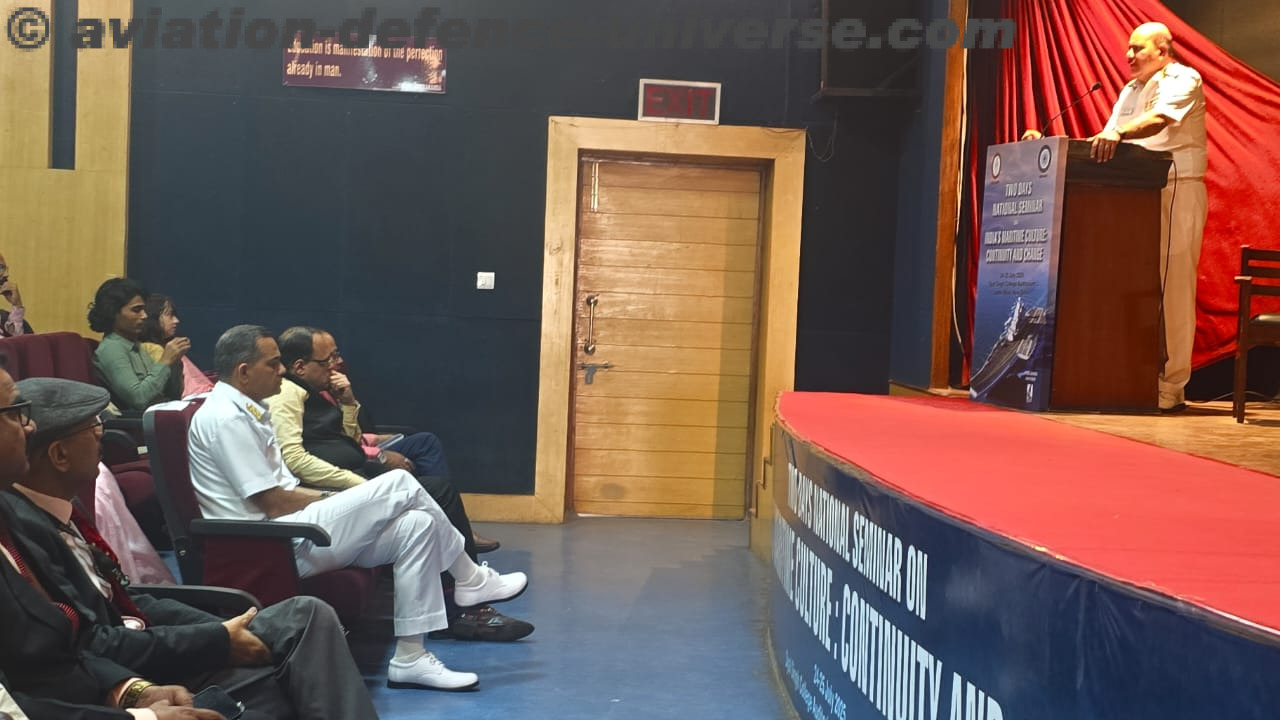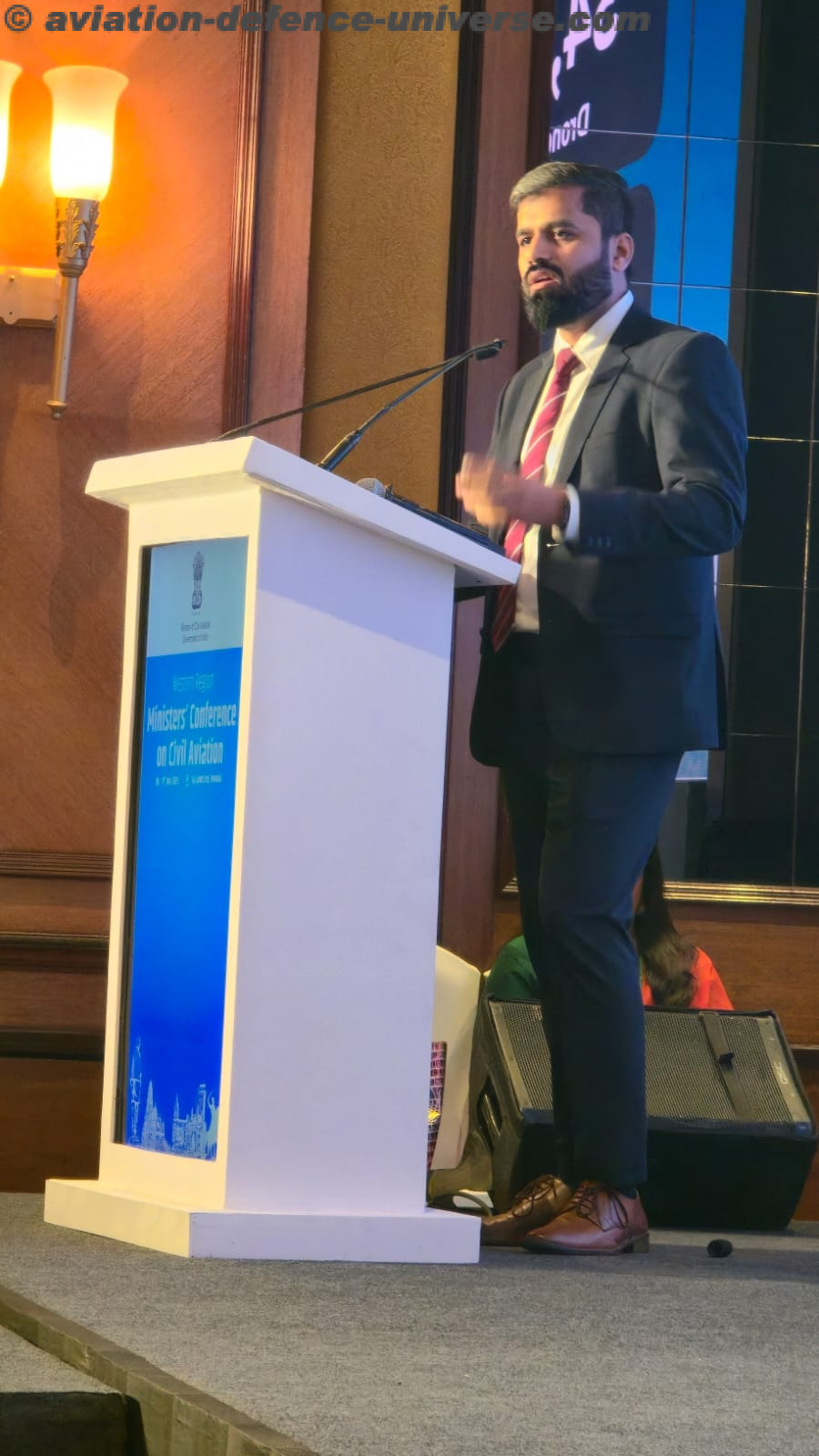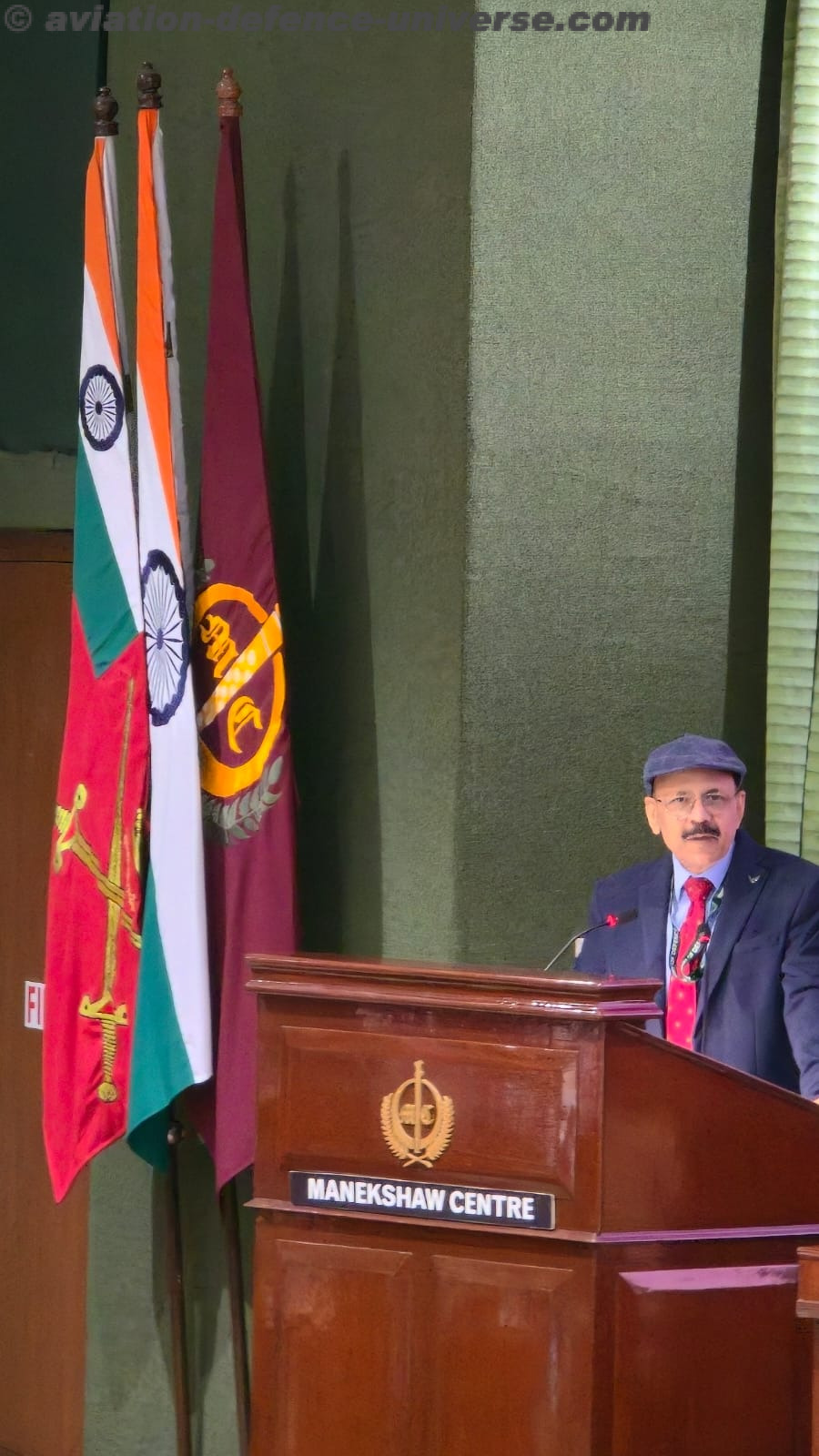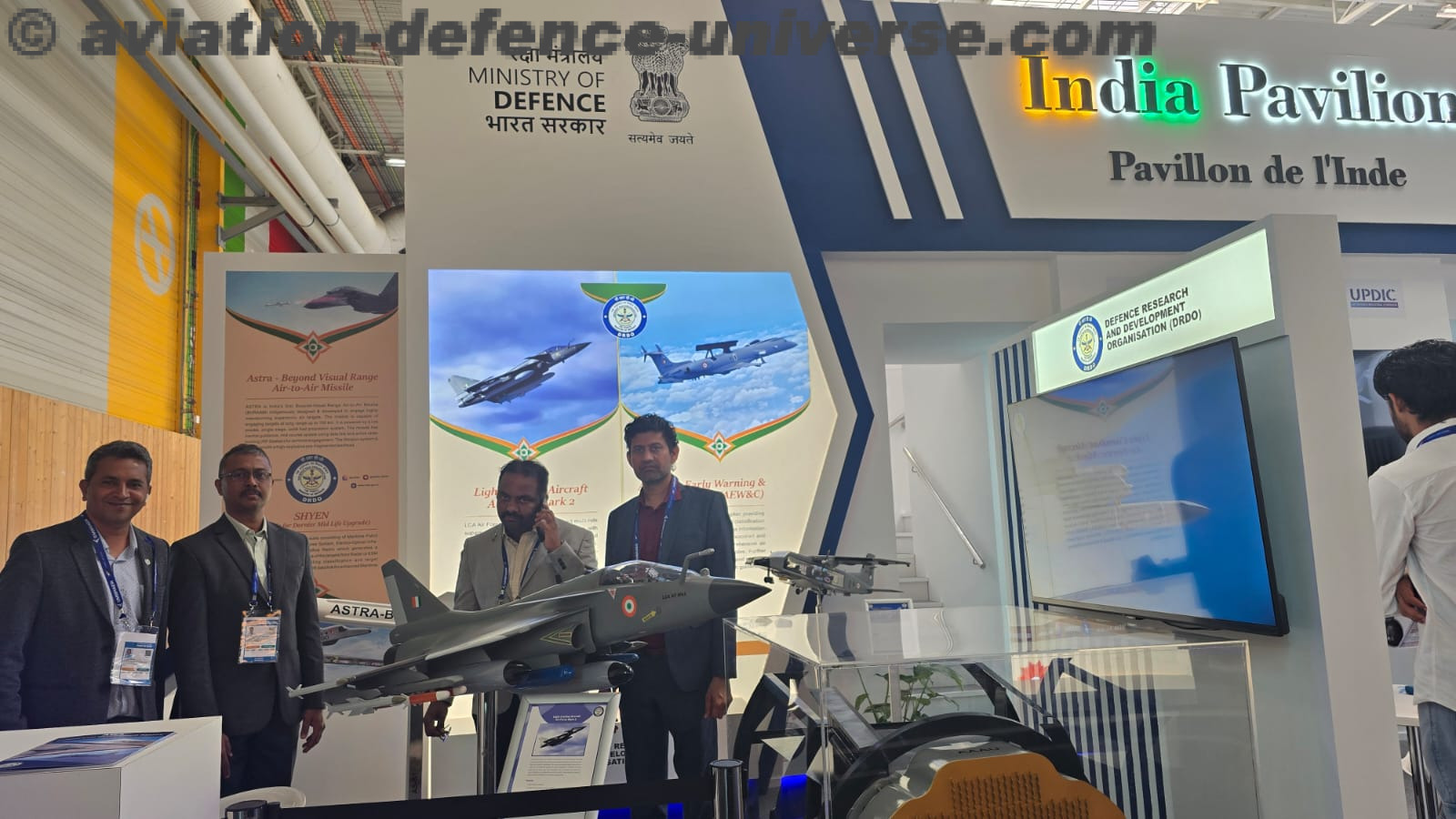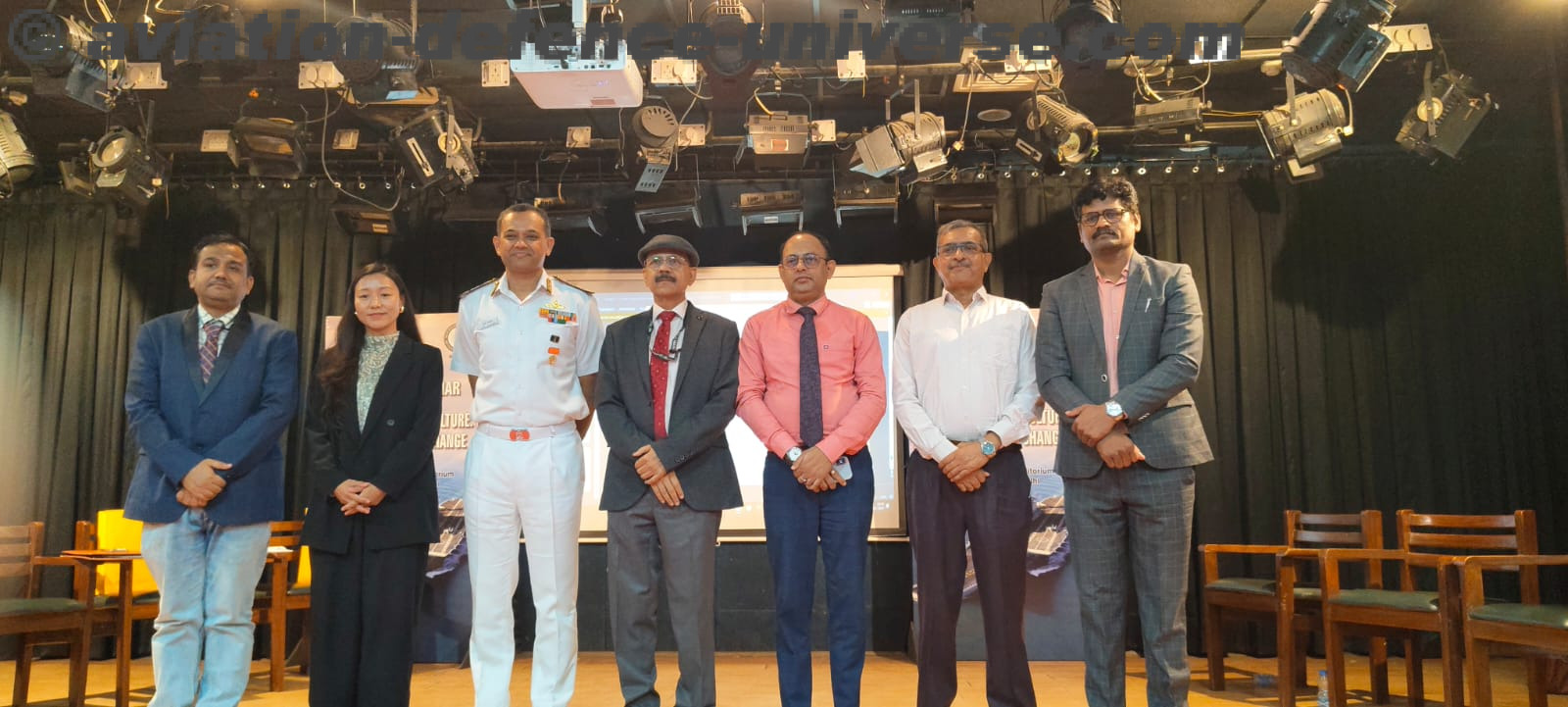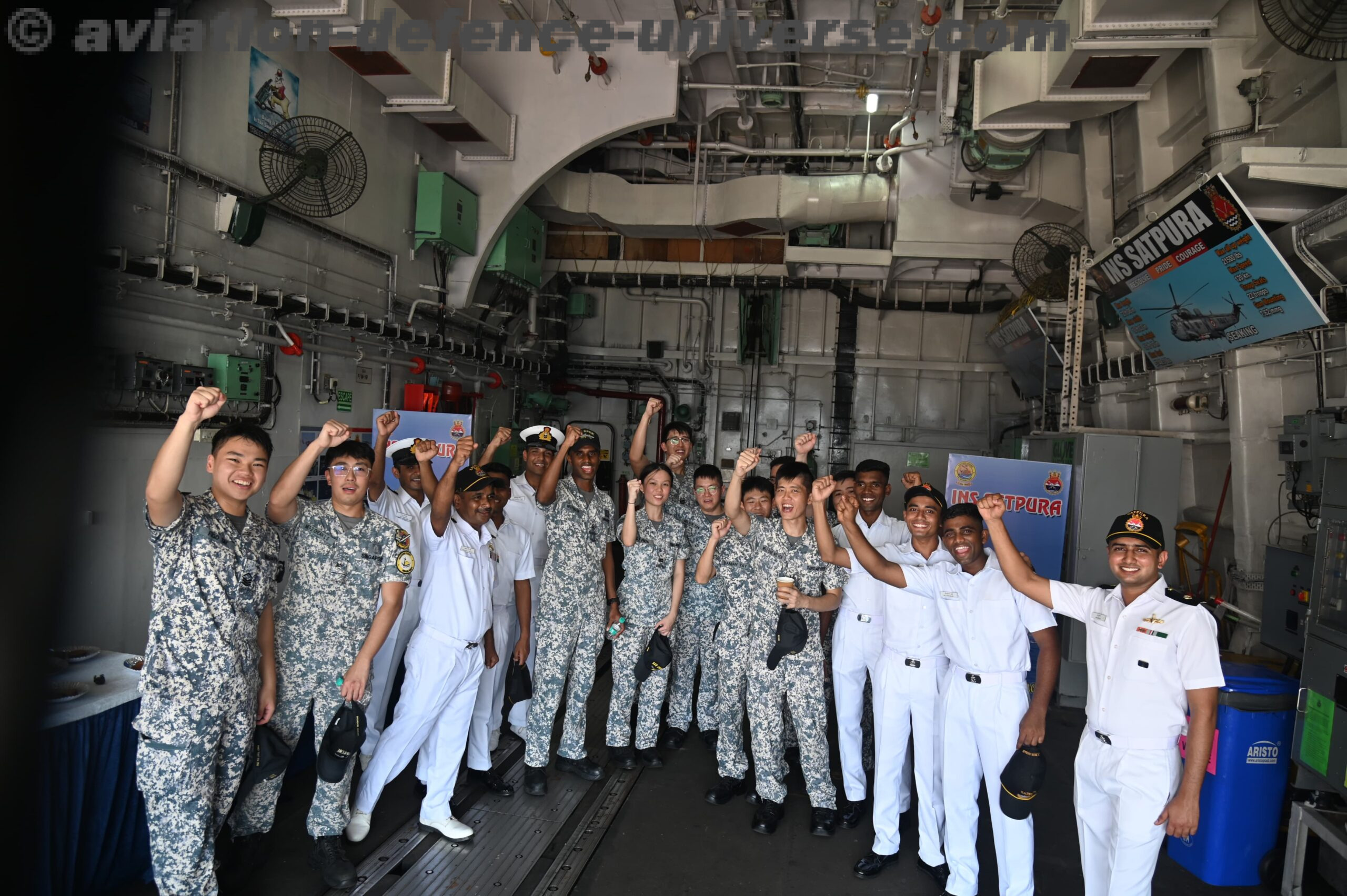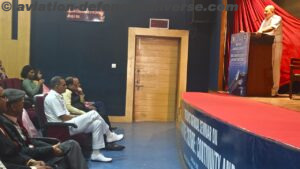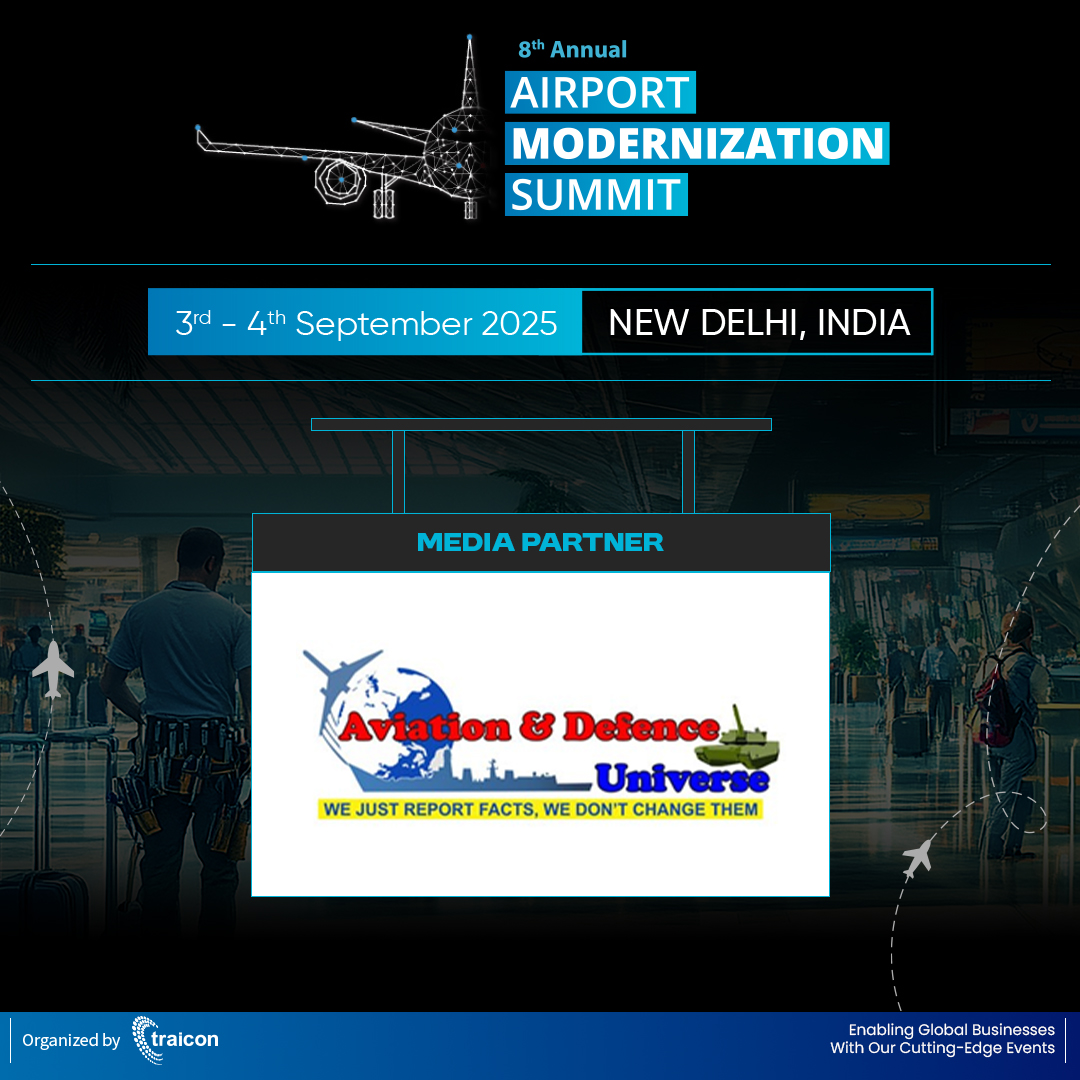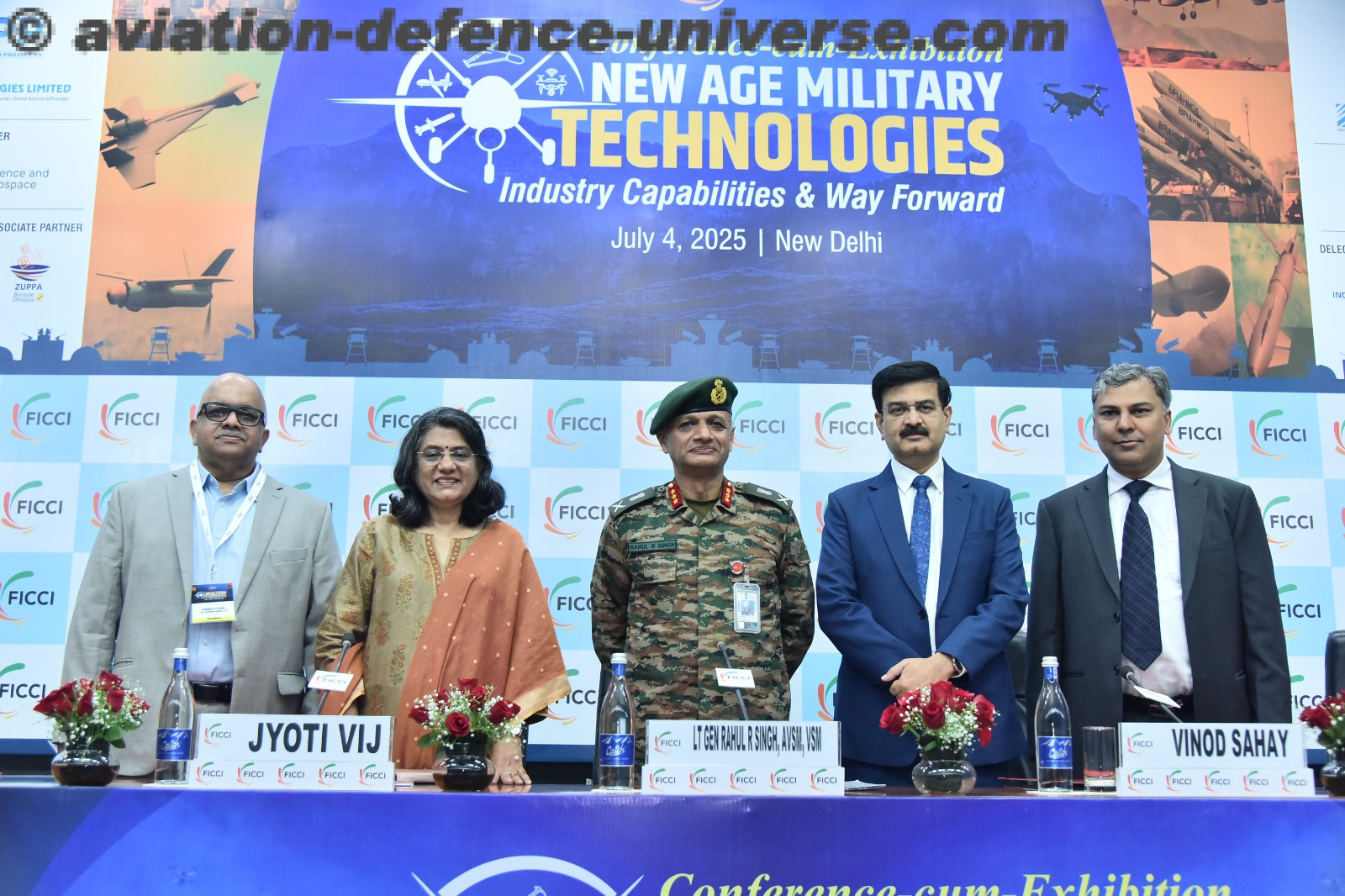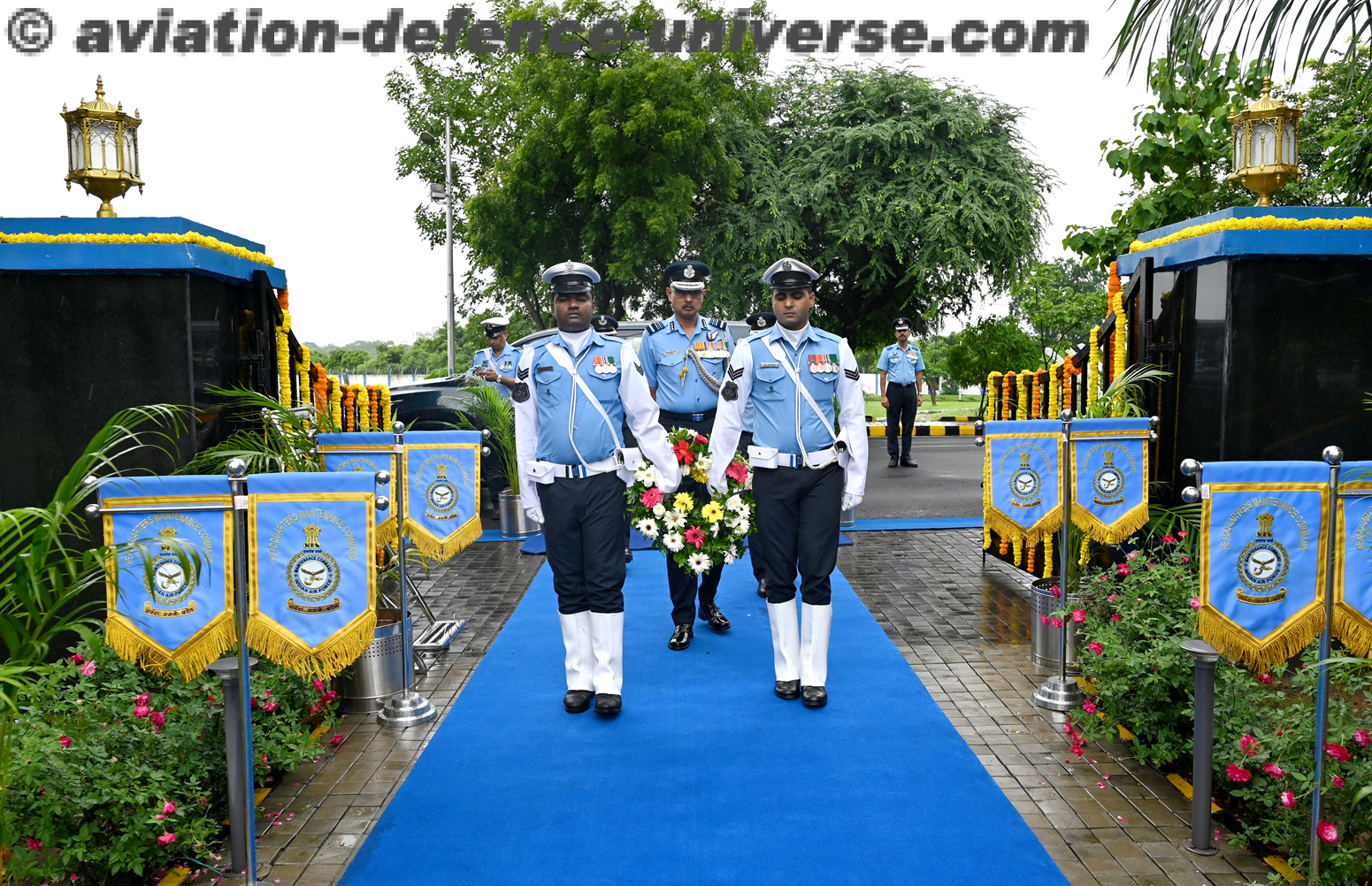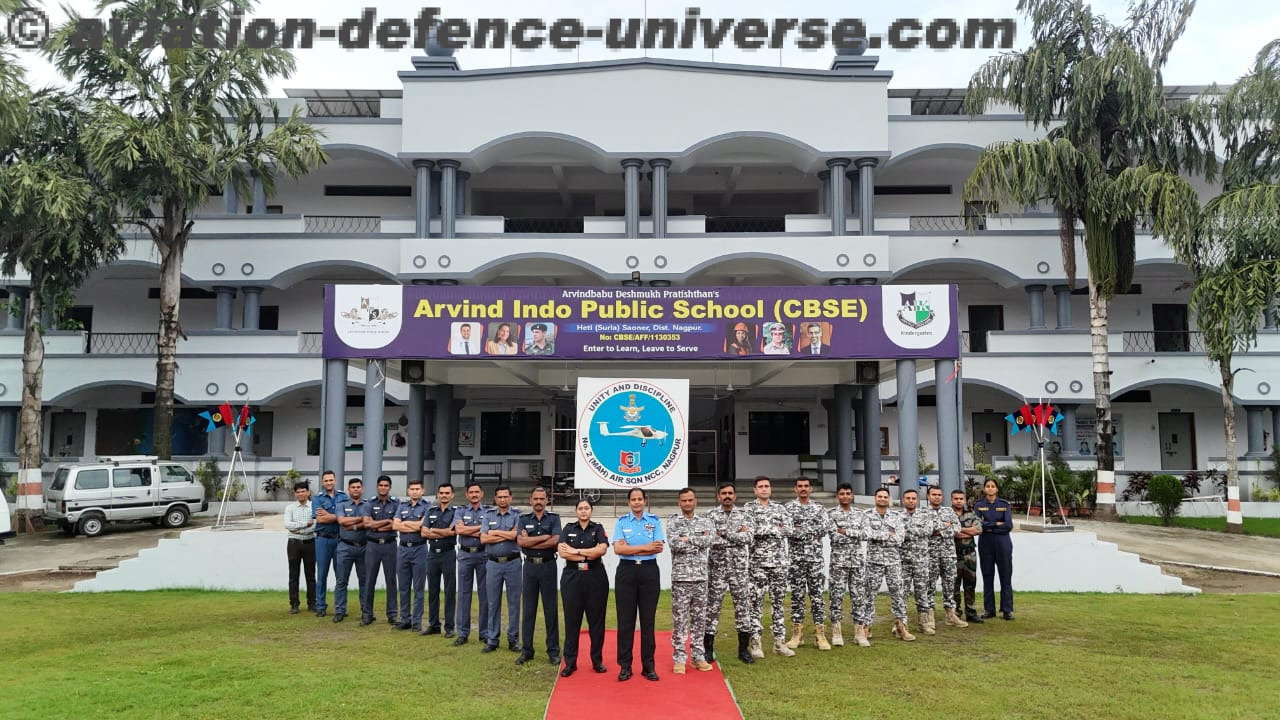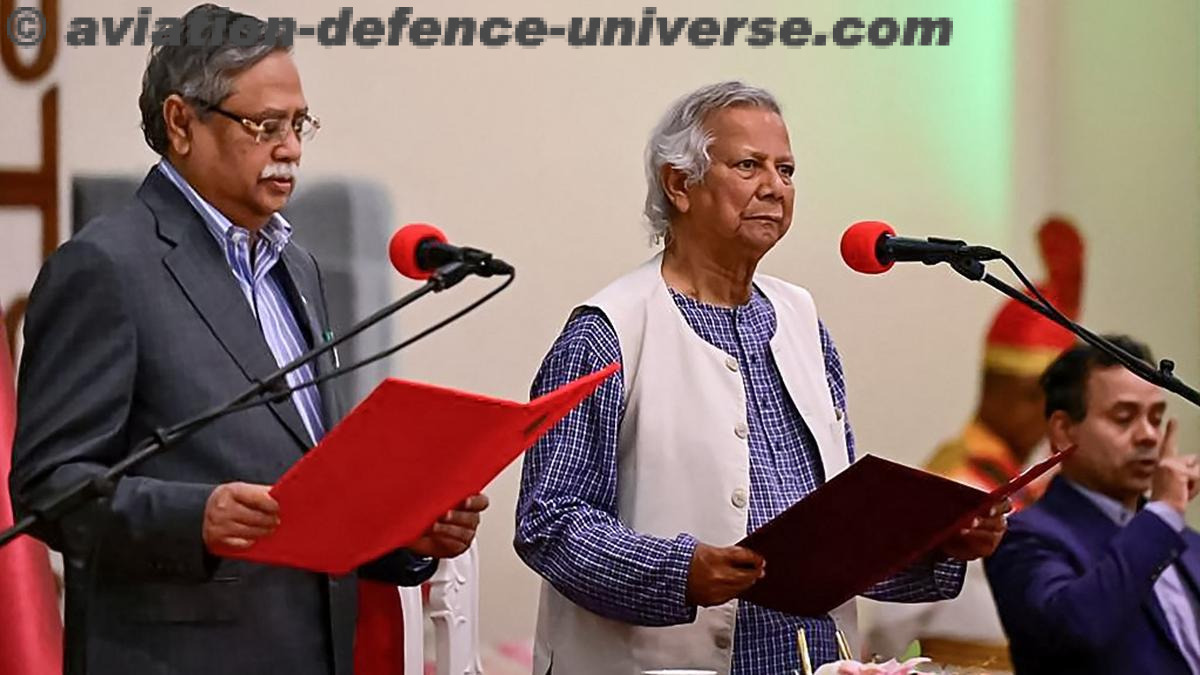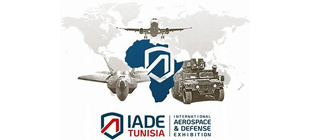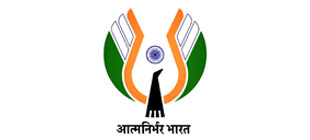
- India’s Masterclass in Multi-Domain Conflict
- Wages War on Multiple Fronts in Op Sindoor
- Tri-Services Triumph in Managing Complex Threat Theatre
By Maj Gen (Dr.) Ashok Kumar, VSM (Retired)
New Delhi. 11 June 2025. It has always been a common practice to state that India has to fight on ‘two fronts’ simultaneously – one with China on the Northern borders and second with Pakistan on the Western borders. During the BNP regime in Bangladesh, Bangladesh also constituted a ‘half front’ and the country started looking at ‘two and half fronts’ in its security calculus. With change in regime in Bangladesh when Sheikh Hasina led Awami League Government came to power, India- Bangladesh relations improved substantially and this relationship became a model in the neighbouring relationships for others to emulate. Besides wide ranging support to each othe, India & Bangladesh concluded their complex border agreement to their mutual satisfaction. With this, an additional ‘half front’ vanished in the form of Bangladesh and a new era of friendship got solidified. It is besides the point that ‘half front’ in the form of internal situation in the country got recognized which needed deliberate effort to address .
With successful handling of the situation in J&K after abrogation of Article 370 on 5 Aug 2019, the situation in J&K returned to almost near normal. In addition, successful anti-naxal operations in the country have resulted in huge success with elimination of Naxalism planned by Mar 2026 which appears fully achievable. The internal situation related to the ‘half front’ will be vanishing in the form of Internal situation but ouster of Awami League in Aug 2024 from Bangladesh has resulted in Bangladesh championing anti-India narrative and has landed in the lap of China and Pakistan. For Pakistan, it is transiting from being Bangladesh to becoming East Pakistan despite having faced unprecedented killings and rapes. This situation is likely to continue at least till Mohd Yunus stays in power or till a friendly government assumes power in Bangladesh.
These fluctuations and their management will continue with Indian efforts to handle these at various levels. Despite being a cause of concern, this ‘half front’ either in terms of Bangladesh or in terms of internal security will get handled by India efficiently. The more worrying cause has emerged during Op Sindoor wherein China as well as Turkiye fought with India alongside Pakistan. China chose to fight India from Pakistan territory with the entire military might of its weaponry and all possible support to Pakistan during Op Sindoor. Satellite inputs including navigation support and close guidance for conduct of operations were provided by China.
There are unconfirmed reports that the Chinese established a ‘control centre’ in Pakistan to assist Pakistani troops to deploy its own equipment to checkmate anticipated Indian onslaught. China was in the most favourable situation as it was not fighting this war from its own territory but from the Pakistani territory. It therefore was in a win-win situation despite Indian onslaught leading to decisive Indian win during Op Sindoor. Had China opened another front, it would have been forced to fight from its own territory which might have resulted in adversarial outcomes given the heightened preparedness of Indian Armed forces since Chinese incursions across LAC in April-May 2020 where troops remain deployed in high state of preparedness till date. It is therefore most likely that China will bring to bear its entire military might from Pakistani territory while retaining the option to open the Northern front as well. The concept of erstwhile two fronts emerging from two countries in two geographies has undergone a substantial change and therefore India will need the requisite capability to fight both China and Pakistan in the single geography as well. Red lines will need to be drawn to activate the Chinese geography should our red lines be crossed in Pakistan by Chinese at any stage.
In addition to collusive support between China and Pakistan as well as newer concepts of two front war fighting emerging, Turkiye will be the third player in this and all subsequent conflicts. Its role will not be limited to provision of drones and drone operators alone as happened during Op Sindoor but it will be enmeshed with Pakistan probably as much as is China. Support from countries like Turkiye will need to be factored in our capability development to ensure that we are able to get a decisive win even if increased support is received by Pakistan from Turkiye. Turkiye’s capability has to be neutralized through diplomatic, economic and other means so that it doesn’t have the capability of supporting Pakistan during the India-Pakistan conflict in any manner whatsoever.
The character of war fighting is also changing as Multi Domain operations were at full display during Op Sindoor. Cyber, EW and Info W were at full display in addition to other domains. India will need to factor these in its threat calculus to be able to fight multiple countries in multiple domains. While India has handled multiple fronts in a brief conflict of four days of Op Sindoor, it will need to be ready for fighting with increased intensity in all these domains with all these countries. All this national desire will need to be backed up with proportionate capability development and that too in the ‘mission mode’. The first priority should be recasting our threat matrix along with 100 percent Atmanirbharata in the domain of indigenous equipment production. We can no longer afford to fight with imported equipment in the long run.
(Maj Gen Ashok Kumar, VSM (Retd) is Director General Centre for Joint Warfare Studies (CENJOWS), a Kargil war veteran and a defence analyst. He specialises on neighbouring countries with special focus on China. The views in the article are solely the author’s. He can be contacted at editor.adu@gmail.com).











